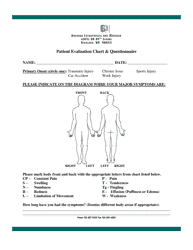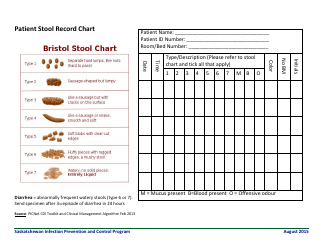Hourly Patient Turning Chart
The Hourly Patient Turning Chart is used to track and document the frequency at which a patient needs to be turned while in the hospital bed. This helps to prevent complications such as pressure ulcers and promotes better patient comfort and mobility.
In a healthcare setting, the hourly patient turning chart is typically filed by the nursing staff responsible for the patient's care.
FAQ
Q: What is an hourly patient turning chart?
A: An hourly patient turning chart is a tool used in healthcare settings to monitor and record the frequency at which a patient is rotated or repositioned in bed.
Q: Why is patient turning important?
A: Patient turning is important to prevent complications such as pressure ulcers (bedsores) and to promote comfort and circulation.
Q: Who uses hourly patient turning charts?
A: Healthcare professionals, such as nurses and nursing assistants, use hourly patient turning charts to document and track the turning schedule of each patient.
Q: How often should patients be turned?
A: The frequency of patient turning depends on the specific needs of each patient. It is usually recommended to turn or reposition patients at least every two hours.
Q: What information is typically recorded on a patient turning chart?
A: A patient turning chart may include the patient's name, the time of each turn, the position in which the patient was placed, and any observations or notes related to the turning process.
Q: Are there any guidelines or protocols for patient turning?
A: Yes, healthcare facilities often have protocols or guidelines in place for patient turning. These may be based on recommendations from healthcare organizations or research studies.








